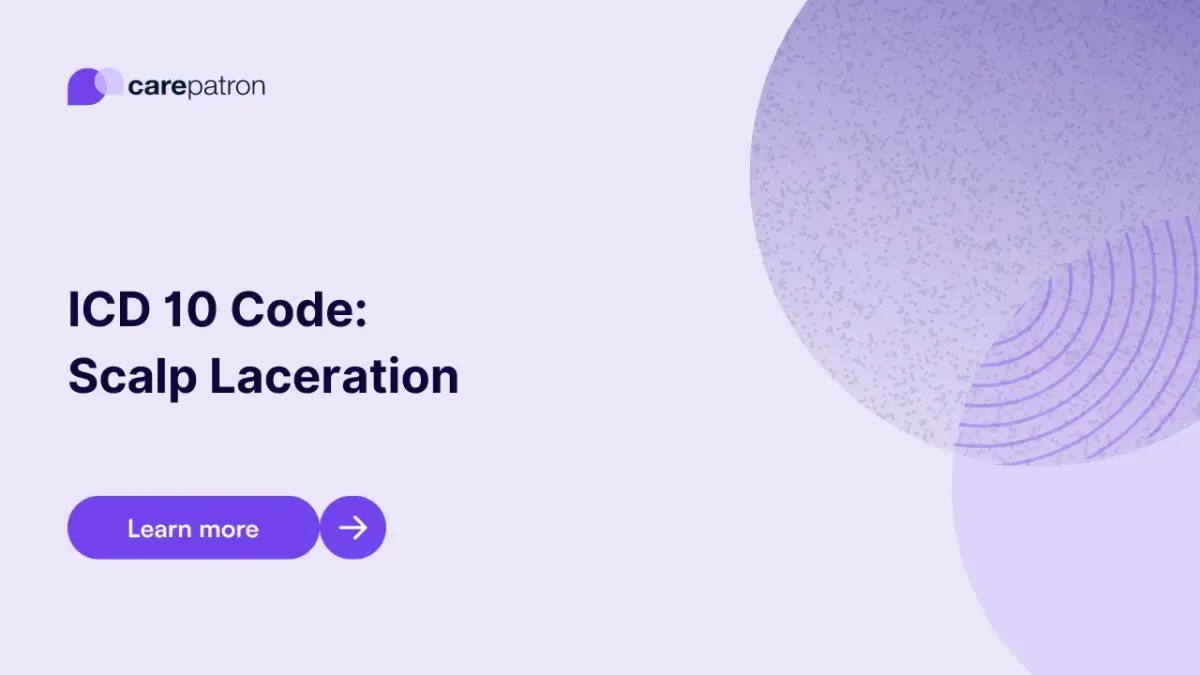
Scalp Laceration ICD-10-CM Codes
Know essential ICD-10-CM codes for Scalp Lacerations and learn which codes are billable and gain clinical insights in this comprehensive guide.
Use Code
Commonly asked questions
Apply gentle pressure with a clean cloth to control bleeding. Avoid cleaning the wound with harsh substances and cover it with a sterile bandage until medical attention is received.
If left untreated, scalp lacerations can lead to infections, scarring, or complications involving the underlying tissues. Prompt medical evaluation is crucial.
Yes, scalp lacerations are common in children due to falls and accidents. Parents should seek immediate medical care for proper evaluation and treatment.
EHR and practice management software
Get started for free
*No credit card required
Free
$0/usd
Unlimited clients
Telehealth
1GB of storage
Client portal text
Automated billing and online payments
